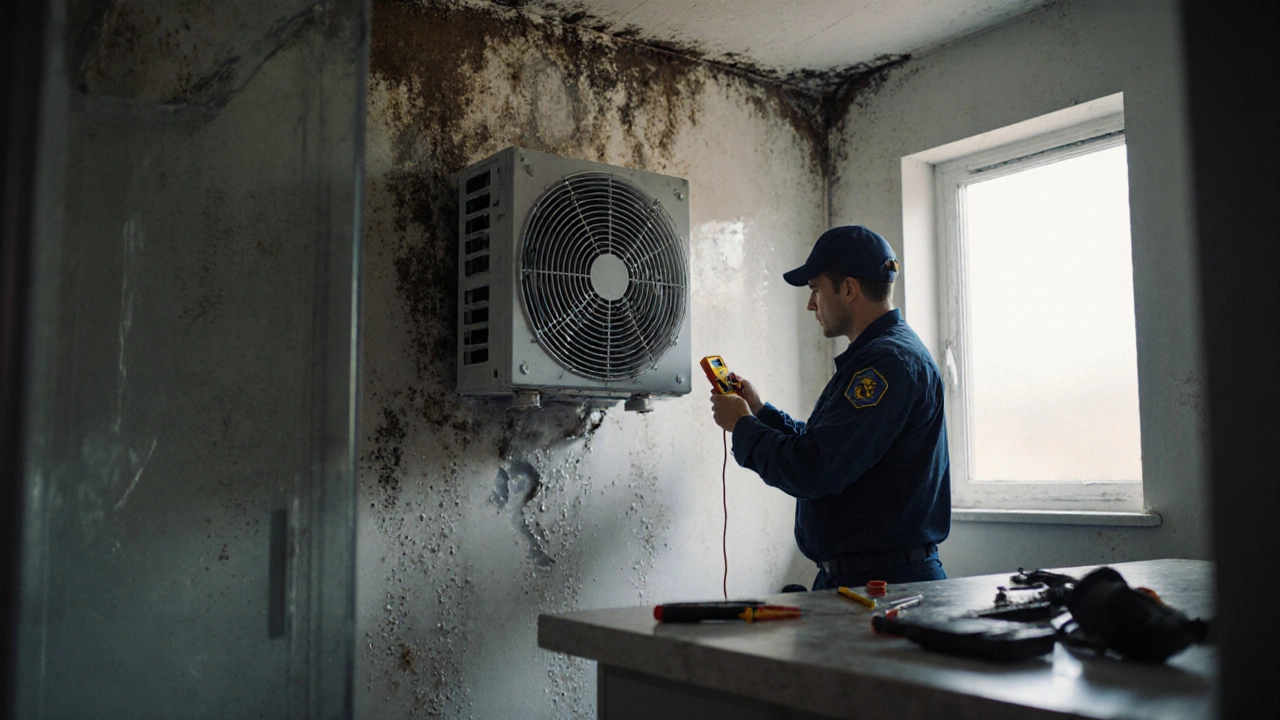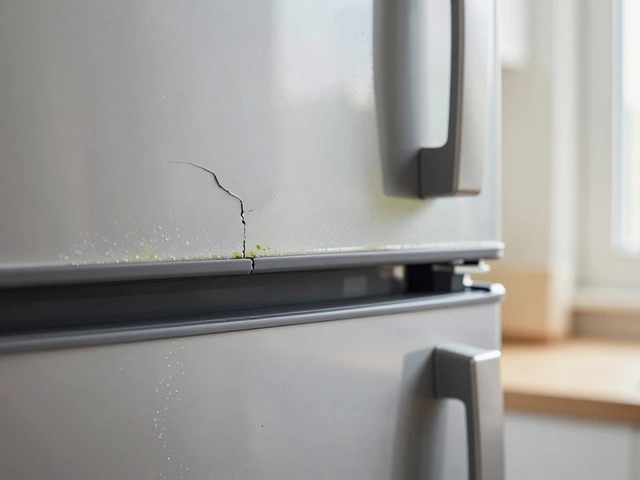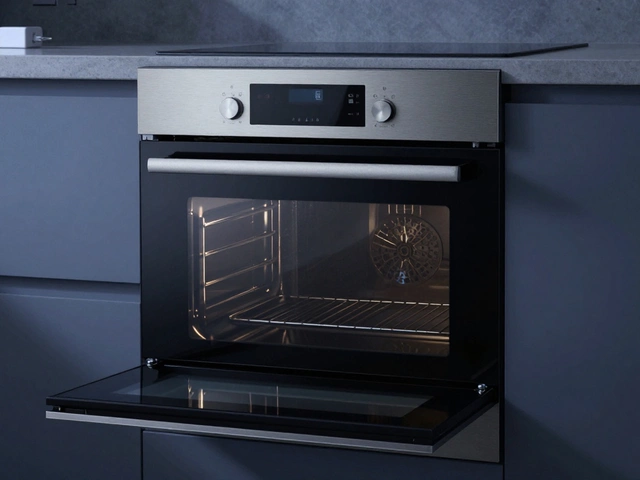Kitchen Extractor Fan Guide – How to Choose, Install & Maintain Yours
When it comes to a kitchen extractor fan, you probably want clean air, low noise and a device that actually does the job. Kitchen Extractor Fan, a ventilation unit fitted above a stove to pull smoke, steam and odours out of the cooking space. Also known as range hood, it sits at the intersection of design, engineering and health. Understanding this device helps you avoid costly mistakes and keeps your kitchen smelling fresh.
One of the first things to look at is airflow, measured in cubic feet per minute (CFM), which tells you how much air the fan can move. Adequate airflow is the lifeblood of any extractor fan – without enough CFM, grease and moisture linger, leading to stubborn stains and mold. Kitchen extractor fan performance depends on the match between CFM and the size of your hob; a rule of thumb is 100 CFM for every 12 inches of burner width. Noise rating, expressed in sones, is the second big factor. A low‑sones unit (< 2 sones) feels whisper‑quiet, while higher numbers can turn cooking into a noisy chore. Balancing CFM and sones ensures you get a fan that clears the air fast without shouting at you.
Who should actually fit the fan? That’s where a ventilation specialist, a qualified tradesperson trained to design and install kitchen and bathroom exhaust systems comes in. They know which duct sizes, fan capacities and mounting methods meet both performance and safety standards. In many cases an electrician can also handle the wiring, but the mechanical side – routing ducts, sealing joints and testing airflow – is squarely in the ventilation specialist’s wheelhouse. Choosing the right trade saves you from future fixes and keeps the installation within legal limits.
Legal Stuff and Practical Tips
In the UK, building regulations, rules that set minimum standards for construction, ventilation and fire safety require proper kitchen extraction where cooking generates significant moisture or greasy fumes. The regulations don’t force a specific brand, but they do demand a minimum CFM rate and proper external venting to avoid indoor air quality problems. Ignoring these rules can trigger inspection failures and even affect insurance claims if a fire starts because grease built up behind a poorly vented fan. So, before you buy, check that the model meets the 30 CFM per linear metre rule for your kitchen size – that’s the legal baseline.
Fan type is another decision point. Recirculating (or ductless) fans use charcoal filters and are easy to install, but they never remove heat and can only handle light cooking. Ducted fans discharge air outside, which is ideal for high‑heat or high‑steam tasks, but they need a clear path to the exterior and may involve more work. The choice influences the type of maintenance you’ll face: charcoal filters need monthly swaps, while ducted fans benefit from an annual cleaning of the vent pipe to keep airflow at peak levels.
Putting it all together, a well‑chosen kitchen extractor fan balances airflow (CFM) and noise (sones), complies with UK building regulations, and is installed by a ventilation specialist or an electrician who knows the rules. Below you’ll find a hand‑picked collection of articles that dive deeper into each of these areas – from buying guides and troubleshooting tips to legal FAQs and DIY maintenance tricks. Browse the list to arm yourself with the exact knowledge you need before you click ‘add to basket’ or call a tradesperson.
When your extractor fan stops working, knowing who to call can save you from mold, damage, and costly mistakes. Learn who’s qualified to replace it and what to watch out for.
Testing a kitchen extractor fan might seem daunting, but it's a crucial part of keeping your kitchen fresh and smoke-free. This article breaks down practical steps to check if your fan is working properly, including simple tests you can do without expert help. You'll learn to identify common problems and understand when it’s time to call a professional. Whether you’re tackling it alone or seeking preventative measures, this guide will help ensure your kitchen ventilation is in top shape.
Replacing a kitchen extractor fan might sound tricky, but with a little guidance, it can be a manageable task. This article dives into the essentials of tackling this DIY project. From understanding the basic functions of an extractor fan to identifying the right replacement, you'll get practical tips and interesting facts along the way. Learn about the tools you'll need and discover useful safety tips so you can feel confident in your own abilities.




